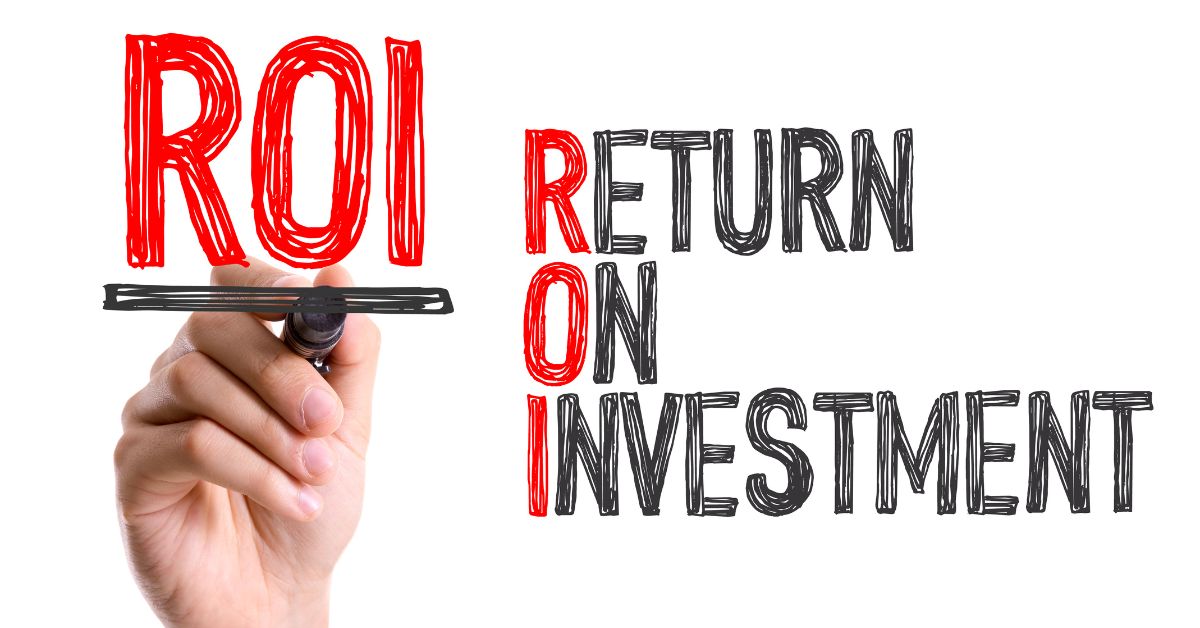Software Saves Money
Replacement Spend NOT Increased Spend
This article is about a company that manages its workload and costs more traditionally.
We Then Ask the Question…
What would happen if you spent the same money differently?
Here’s Our Numbers…
Eliminates Manual Processes:
As a starting point, we calculated the time employees spend manually scheduling work for 5 Operational Field teams and multiplied it by an average hourly rate.
For Example: By using Business Software, we estimate…
- Ten hours per week can be saved at £20ph, which equates to…
- A £200 weekly saving.
How Much Does Job Management Software Cost?
How to Choose The Right Software for Your Business
Increases Efficiency:
We then assess the increase in jobs completed daily due to automation and better scheduling, including completed paperwork.
For Example: Using the Business Software, we estimate…
- Two additional jobs completed each day at £100 per job equates to…
- £200 per day in extra revenue.
Improves Customer Service:
We also considered the increase in Customer retention and calculated its long-term value.
NB: We never factored in the cost to find a new customer.
- The standard business mantra is that finding a new customer costs 5-10 times more value than keeping an existing one!
- According to Marketing Metrics, the probability of selling to an existing customer is 60-70%, while the possibility of selling to a new prospect is 5-20%
Back of a Fag Packet Example: Using Business Software…
- A 5% increase in customer retention rates could result in an additional £10,000 in annual revenue (based on your average customer lifetime value).
Streamlines Billing and Invoicing:
- We considered the time spent manually invoicing before and after using Business Software.
- Whilst these numbers varied greatly, we took a conservative view in making our assumptions.
For Example: Using Business Software over traditional methods…
- Five hours saved each week at £20ph equates to…
- £100 per week in savings.
Reduces Fuel and Maintenance Costs:
It is not always an easy metric to measure accurately. However, it seems reasonable to say that a 5-vehicle operation having a tighter walking order for service delivery, also with better job information, a reduction on repeat visits would likely reduce the total mileage, therefore making a saving in fuel, plus, other vehicle expenses incurred such as wear and tear.
For Example: Using Business Software Vs. Traditional methods…
- An estimated saving of £50 per week in Fuel and vehicle expenses.
Apportioning Blame:
There’s excellent cash value in making decisions in real-time with trackable information on digital job sheets and recognising and solving urgent issues before they become a significant expense.
It’s so important to have an excellent documented chronology of events, demonstrating advice given to the client “to take action” with them failing to do so.
Sometimes, when it goes wrong, the client looks to apportion blame for failure, which could cost you!
For Example, Using Business Software could prevent a significant service failure, saving £500 (example value) in compensations and brand damage.
Scaling a Business:
Evaluate the cost saved by not hiring additional field staff too early in your growth cycle (job costing) or Office Admin people as your business grows.
Plus, not taking on larger Office space, or buying additional vehicles until necessary, etc…
For Example, An estimated yearly saving to be in the region of £25k in rolled-up costs and benefits.
Centralises Information:
The estimated time you save by centralising your business data, reducing the need to search through multiple (free) software platforms, folders, and Filing cabinets.
For Example: Having your business software system, we estimate the savings as…
- Three hours per week at £20 per hour translates to £60 per week saved.
ROI is Quick and Tangible:
Whilst the figures may not meet strictly with the metrics in your business. I would suggest that the information favours a positive saving.
The moral of the story is to spend better. If you replace your traditional costs with a more streamlined approach using business software, you can save money, and the additional benefits are transformative.
Comparing the savings, plus extra revenue, against the cost of having your own Business Software. I am sure you’ll find out how quickly the system pays for itself.
So, to summarise, purely from a monetary viewpoint, if the savings as demonstrated equate to…
• £700 per week, yearly that’s £36,400
• The yearly cost of business software – £5-10k.
The ROI results are fast, with many added value benefits.
So, by spending what you already spend but in a different way, the replacement cost pays for itself fast and generates additional revenue and monetary efficiencies every year.




